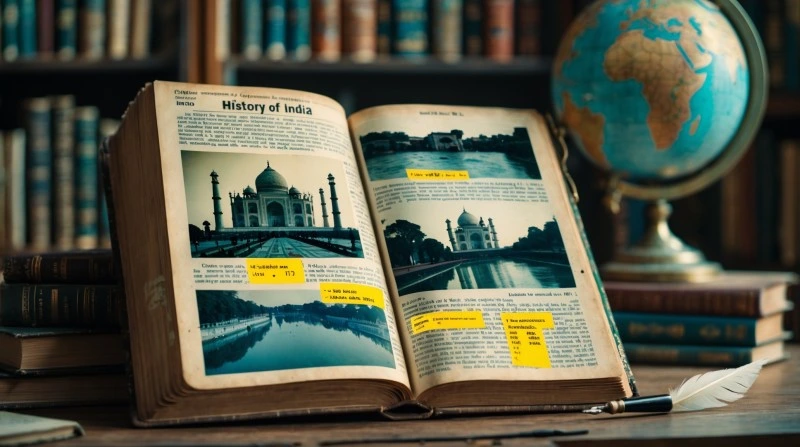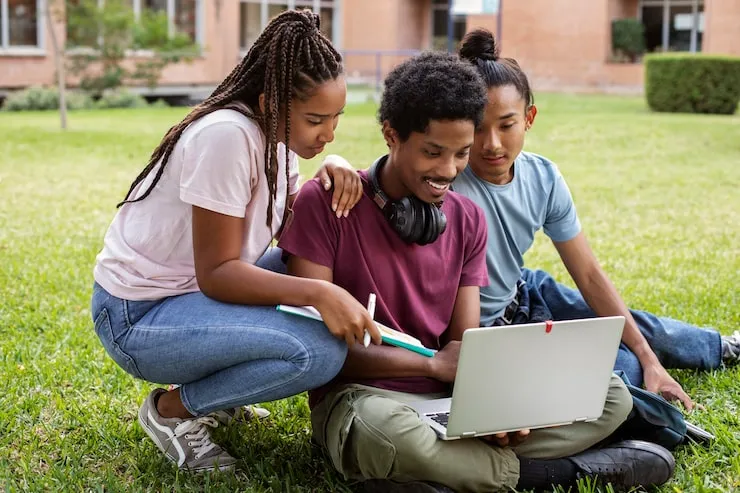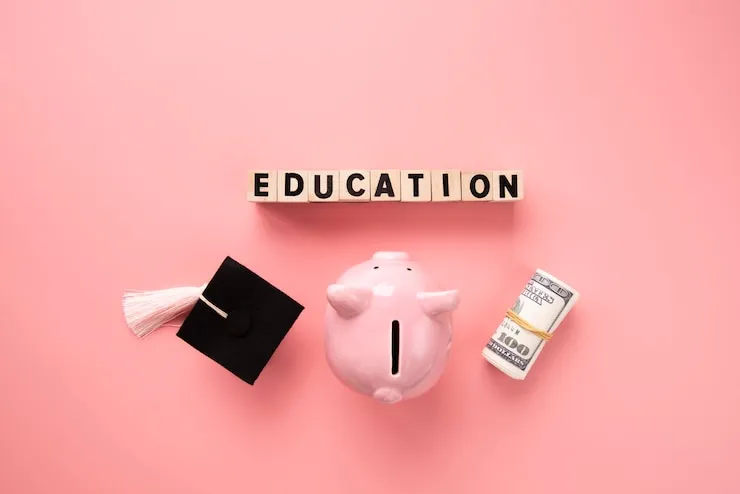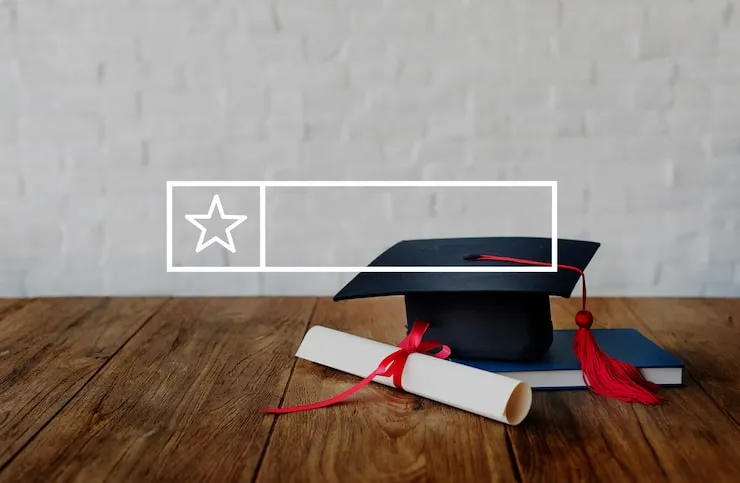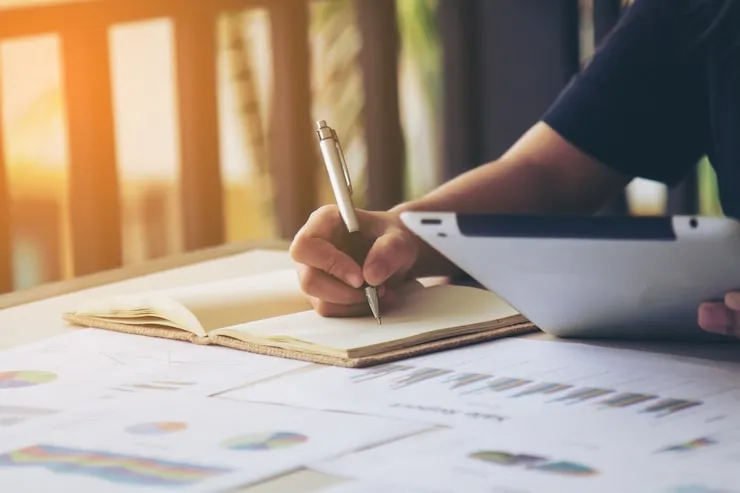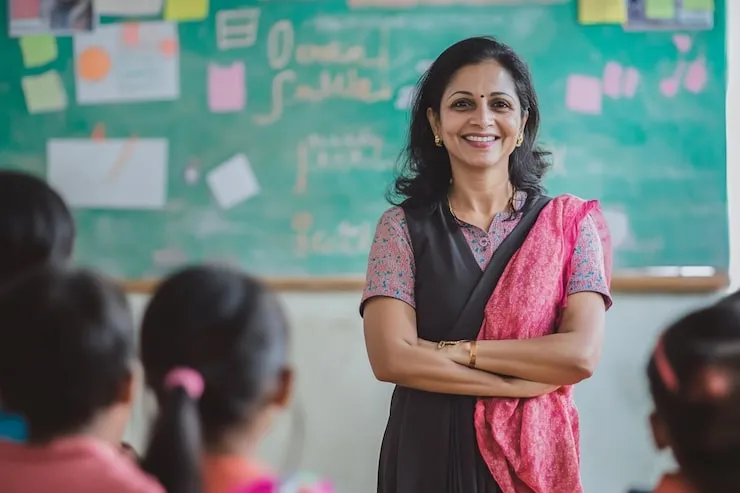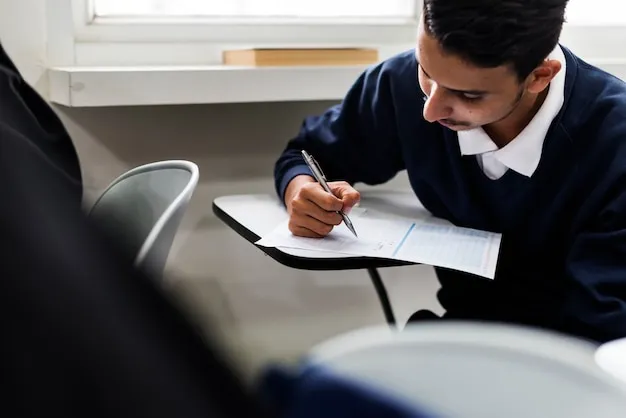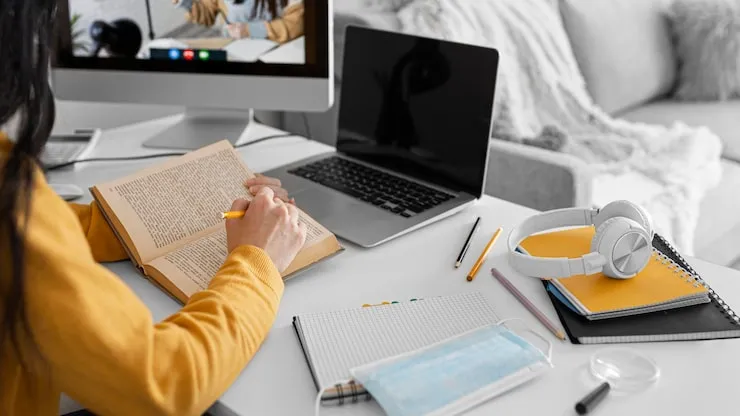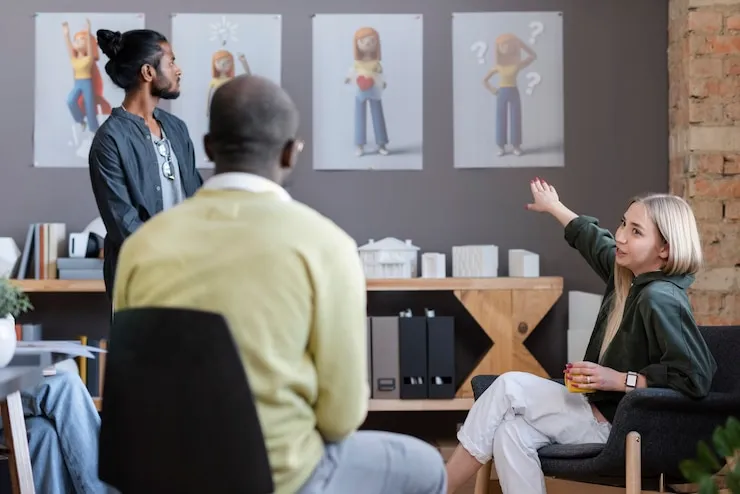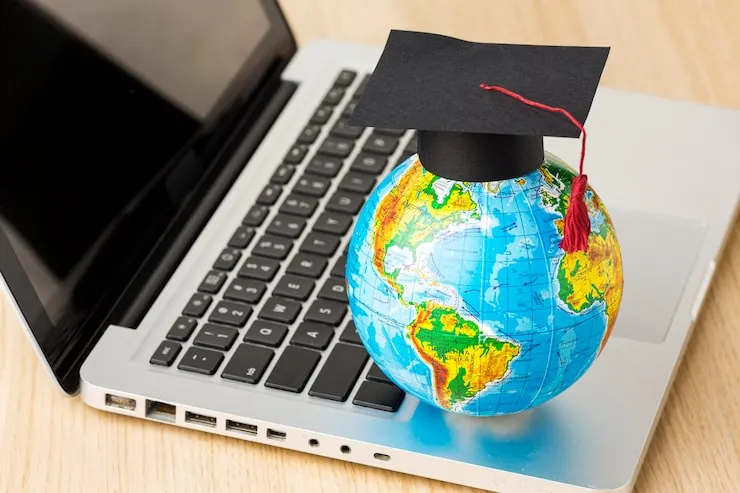Have you ever wondered about the amazing story of India? I've always been fascinated by India's past, and today I want to share what I've learned with you! India has one of the oldest and most interesting histories in the world. Let's travel back in time together and discover the wonders of ancient India all the way to modern times.
General Knowledge About History of India: A Colorful Journey Through Time
When I first started learning about India's history, I was amazed by how far back it goes. India's story begins thousands of years ago! The land where over a billion people now live has seen many kingdoms, rulers, and events that shaped not just India, but the whole world.
Ancient India: The Beginning of a Great Civilization
The story of India starts with the Indus Valley Civilization. This was one of the world's first big civilizations that began around 3300 BCE. When I learned about the cities of Harappa and Mohenjo-Daro, I was surprised that these ancient people had such advanced cities with proper drainage systems, wells, and brick houses. They even had public baths!
After the Indus Valley people, the Vedic Period began around 1500 BCE. This is when the Vedas were written – these are some of the oldest books in the world! People during this time believed in many gods and performed special ceremonies called yajnas.
As time went on, India saw the rise of powerful kingdoms like Magadha. During this time, two important religions were born: Buddhism and Jainism. Siddhartha Gautama, who became known as Buddha, taught people about finding peace and being kind to others.
General Knowledge About History of India for Class 10: The Golden Age
One of my favorite parts of Indian history is the Gupta Empire (320-550 CE). History books often call this India's "Golden Age" because art, science, and learning really grew during this time. Did you know that the concept of zero and the decimal system that we use today came from India during this period? Amazing!
The Gupta rulers supported arts and learning. They built universities where students studied math, astronomy, and medicine. This was when the famous doctor Charaka wrote about medicine, and Aryabhata figured out important things about the stars and planets.
Medieval Period: When Kingdoms Rose and Fell
After the Gupta Empire ended, India saw many different kingdoms rise and fall. In the south, the Chola Empire became very powerful. They had a strong navy and even sent ships to far away places in Southeast Asia for trade.
Around 1000 CE, Muslim rulers started coming to India. First came Mahmud of Ghazni, then Muhammad Ghori. Later, Qutb-ud-din Aibak started the Delhi Sultanate, which lasted for about 300 years. During this time, a mix of Indian and Islamic art styles created beautiful buildings like the Qutub Minar in Delhi.
The Magical Mughal Era: Art, Architecture, and Culture
In 1526, a prince named Babur came from Central Asia and started the Mughal Empire. The Mughals ruled India for about 300 years! Under rulers like Akbar the Great, India became very rich and powerful.
Akbar was special because he tried to bring people of different religions together. He started a new faith called Din-i-Ilahi that took good ideas from all religions. Shah Jahan, another Mughal king, built the beautiful Taj Mahal as a tomb for his wife Mumtaz. Did you know it took more than 20 years to build? Whenever I see pictures of the Taj Mahal, I'm amazed by how beautiful it is!
History GK Questions with Answers: Testing Your Knowledge
Let's see how much you've learned! Here are some quick questions about Indian history:
Q: Which ancient civilization existed in India around 3300-1300 BCE? A: The Indus Valley Civilization
Q: Who founded Buddhism in ancient India? A: Siddhartha Gautama (Buddha)
Q: Which Mughal Emperor built the Taj Mahal? A: Shah Jahan
Q: When did India gain independence from British rule? A: August 15, 1947
Q: Who is known as the "Father of the Nation" in India? A: Mahatma Gandhi
Colonial Period: When the British Came to India
The story of how the British came to rule India is very interesting. It started with a trading company! The East India Company came to India just to buy and sell things like spices, silk, and tea. But slowly, they started taking control of land and making rules.
After a big revolt in 1857 (sometimes called the First War of Independence), the British government took direct control of India from the East India Company. This time when Britain ruled India is called the British Raj. It lasted almost 90 years!
Life during the British Raj was hard for most Indians. The British made rules that helped themselves but hurt Indians. They took raw materials from India and sold finished goods back at high prices. Many Indians became poor because of this.
But some good things also happened during this time. The British built railways, schools, and hospitals. They introduced a postal system and telegraph lines. These things helped connect different parts of India.
The Freedom Struggle: Fighting for Independence
I feel proud when I read about the brave Indians who fought for freedom. The struggle for independence was long and difficult. Many heroes gave their lives so that India could be free.
Mahatma Gandhi led the freedom movement with his special way of fighting - not with weapons, but with truth and non-violence. He taught people to protest peacefully through methods like the Salt March and the Quit India Movement.
Other freedom fighters included Subhas Chandra Bose, who formed the Indian National Army, and Bhagat Singh, who was very young when he died for his country. Women like Sarojini Naidu and Aruna Asaf Ali also played important roles in the freedom struggle.
After years of struggle, India finally became free on August 15, 1947. But freedom came with a painful division - the country was split into India and Pakistan. This is called Partition, and it caused many problems as people had to leave their homes and move to another country.
Modern India: Building a Nation
Once India became independent, leaders like Jawaharlal Nehru (India's first Prime Minister) worked hard to build a modern nation. They wrote a constitution that made India a democratic republic, where people could elect their own leaders.
India has faced many challenges since independence, like wars with neighboring countries, economic problems, and natural disasters. But through it all, India has grown stronger. Today, India is one of the fastest growing economies in the world and a leader in areas like technology, space research, and medicine.
Cultural Heritage: More Than Just History
When I think about India's history, I also think about its rich culture. India gave the world wonderful things like yoga, chess, and Ayurveda (an ancient system of medicine). Indian classical dances like Bharatanatyam and Kathak tell stories from ancient times through beautiful movements.
India's food, music, art, and festivals are also part of its historical heritage. Each region of India has its own special traditions that have been passed down for generations. From the colorful festival of Holi to the "festival of lights" Diwali, Indian celebrations are famous worldwide.
Architectural Wonders: Buildings That Tell Stories
One of my favorite ways to learn about Indian history is by looking at its amazing buildings. Each period of history left behind structures that show how people lived and what they believed in.
The caves of Ajanta and Ellora have beautiful paintings and carvings that are over 1,500 years old! The temples of Khajuraho have detailed sculptures that show daily life in medieval India. Forts like Gwalior and Golconda tell stories of brave kings and queens.
Islamic architecture brought new styles to India. The Jama Masjid in Delhi and the Charminar in Hyderabad are beautiful examples. The British left behind buildings like the Victoria Memorial in Kolkata and the Gateway of India in Mumbai.
India's Contributions to World Knowledge
Did you know that India made many important discoveries in science and math? Ancient Indians figured out the value of pi, the concept of zero, and the decimal system. The number system we use today (1, 2, 3...) actually came from India!
In medicine, an ancient Indian surgeon named Sushruta performed complicated operations and wrote about them in the Sushruta Samhita. In astronomy, Indians calculated the length of a year very accurately and tracked the movements of planets. Indian philosophers thought deeply about big questions like the nature of reality and the meaning of life. Ideas from Indian philosophy have influenced thinkers all around the world.
General Knowledge About History of India with Answers: Learning Through Stories
I've found that learning history through stories makes it more fun and easier to remember. Here's a story about Akbar and Birbal that teaches us about this time period: One day, Emperor Akbar drew a line on the floor and asked his courtiers to make it shorter without erasing any part of it. No one could think of a solution until Birbal came forward. He simply drew a longer line next to the first one, making the first line appear shorter by comparison! This showed Akbar's court that sometimes we need to think differently to solve problems.
My Personal Fascination with Indian History
I first became interested in Indian history when my grandfather told me stories about freedom fighters. He showed me old pictures of Gandhi leading marches and explained how people from all walks of life came together to fight for freedom. When I visited the Red Fort in Delhi, I could almost hear the echoes of Nehru's famous "Tryst with Destiny" speech. Standing where so much history happened made the past come alive for me.
I believe understanding history helps us appreciate where we come from and make better choices for the future. India's long history teaches us about unity in diversity, the power of peaceful resistance, and the importance of learning from different cultures.
Resources for Learning More About Indian History
If you want to learn more about Indian history, there are many great resources available. You can visit museums like the National Museum in Delhi or the Indian Museum in Kolkata. Many historical sites have guides who can tell you interesting stories about the place.
Books like "Discovery of India" by Jawaharlal Nehru or "India After Gandhi" by Ramachandra Guha are wonderful reads. For younger readers, Amar Chitra Katha comics tell historical stories in an engaging way. Online resources include websites like Incredible India and History of India. There are also many documentaries about Indian history that you can watch with your family.
History is a Living Thing
As I finish sharing my love for Indian history with you, I want to remind you that history isn't just about memorizing dates and names. It's about understanding the stories of people who lived before us – their struggles, their triumphs, their everyday lives. History is still being made today. The things we do now will become the history that future generations learn about. By understanding our past, we can better understand ourselves and create a better future together.
I hope my journey through Indian history has inspired you to learn more about this fascinating subject. What part of Indian history interests you the most? Maybe you'll be the next great historian who discovers something new about India's amazing past! Thank you for joining me on this historical adventure through the land of India. There's always more to discover!



